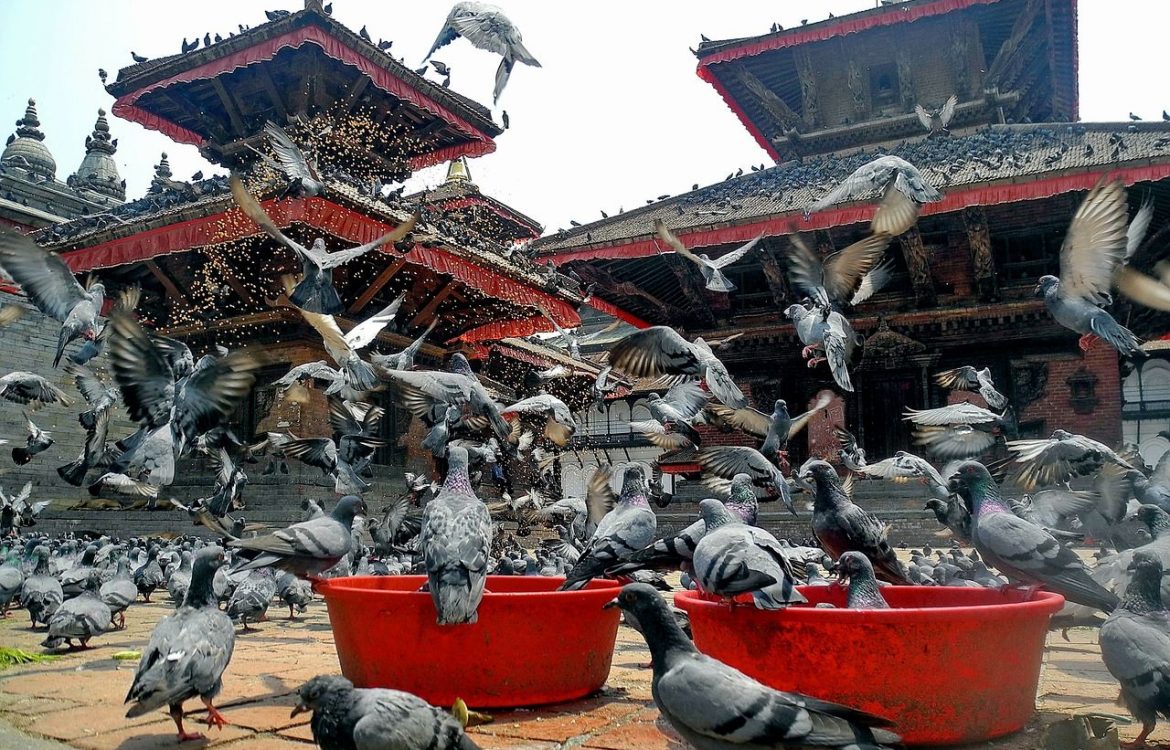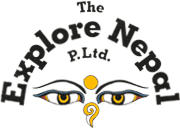
Festival Tours in Nepal | Nepal Festival Tour Package
It’s fascinating to take festival tours in Nepal to learn about the rich cultural diversity of the country’s citizens. Since Nepal is home to hundreds of different festivals. Because of this, Nepal is known as “the land of festivals,” where culture still lives on. Nepal’s religious holidays are based on the lunar calendar. However, the dates of the national festivals are set. The following is a list of some fascinating Nepali festivals and tours with the itinerary.
Buddha Jayanti (Baishakh Poornima):
Buddha Jayanti is a significant festival commemorating the birth, enlightenment, and passing away of Lord Gautam Buddha, originally named Siddhartha Gautam. Celebrated on Baishakh Sukla Purnima, the full moon day, it holds particular importance in Nepal, the birthplace of Buddha, especially among the Buddhist community. This triple anniversary is observed in various places, with Lumbini and Namo Buddha being key destinations outside the Kathmandu Valley. Within the valley, Swoyambhunath and Boudhanath are prominent sites to witness the festivities associated with Buddha Jayanti.
Itinerary:
– Go to Shwoyambunath Stupa and explore the area with a large group of people
– Go back to the hotel for lunch and relaxation
– Go to Bouddhanath Stupa in the evening and take part in the Buddha Jayanti celebration, which includes candle lighting
– Return to the hotel
Maha Shivaratri:
A large number of people swarm the Pashupatinath temple in Kathmandu during this festival, as it is thought to be the holy residence of Lord Shiva. Hindus and Buddhists from India and Nepal gather at Pashupatinath to honor Shiva. Many Sadhus, or yogis, travel from various parts of India and Nepal to attend the Shivaratri celebrations at the temple on this occasion. Seeing these Sadhus in their unusual attire—many of them are partially or completely nude—is fascinating. Although it is generally forbidden to use marijuana and cannabis in Nepal, Shivaratri is an exception, as worshippers freely offer these substances to Lord Shiva and partake in them during the Pashupatinath celebrations. Many Sadhus indulge in marijuana use on this auspicious day. Shivaratri is observed at all Shiva temples throughout Nepal, not just in Pashupatinath.
Itinerary:
– Make an early-morning drive to Lumbini and spend the night at the hotel
– Visit the monasteries and the site of Buddha’s birth. Celebrate Buddha Jayanti and take part in the evening prayer.
Teej Festival in Nepal:
Hindu women celebrate Teej primarily. On Teej, women fast throughout the day. Married women offer up prayers for a long and happy life together with their spouse. To find a suitable husband, single women also fast and pray. The goddess Parvati and her husband Lord Shiva are linked to the Teej celebration. Hindu legend says that Parbati fasted assiduously and practiced intense meditation to win the hand of Lord Shiva. She was married to Shiva after he was impressed by her devotion. In addition to Amba and Ambika, Parbati is also referred to as the mother of the cosmos. Parbati portrayed her as a symbol of feminine strength because she defied the custom of arranged marriages by selecting her life partner on her own.
Following an exhausting day of fasting, women spend the evenings worshipping Lord Shiva and Parvati. They adorn themselves with various bangles and ornaments while dressing in red. Teej is a special festival for women, and to celebrate it, women dance and sing Teej songs. Through the songs, they convey the suffering and discrimination they have experienced. To celebrate Teej, thousands of people congregate in all of Nepal’s Shiva and Parbati temples, the majority of whom are women. One of the most significant aspects of Teej celebrations is when women get together to sing and dance in public spaces or at friends’ houses in areas without temples. The Pashupatinath Temple in Kathmandu hosts a very unique Teej celebration. Pashupatinath temple is packed with thousands of people, most of them women and girls. Girls and women stand in long lines for hours to enter Pashupatinath’s main temple dedicated to Lord Shiva.
Itinerary:
– Leaving the hotel
– See the temple of Pashupatinath. Watch the Teej celebration and join thousands of women in dancing and performing songs.
– Returning to the hotel at noon for lunch
– Stroll to Durbar Square in Kathmandu to witness the Teej celebration.
– Return to the lodging
Krishna Janmashtami:
Hindus celebrate the birthday of Lord Krishna, known as Krishna Janmashtami, on this day every year in Nepal. The Nepali month of Bhadra, which runs from July to August, coincides with this festival. On this day, a lot of Hindu men and women observe fasts and celebrate Krishna’s birthday at Hindu temples and in their homes. On this day, thousands of people assemble at the Krishna temple in Patan, Kathmandu, to worship the Lord. On this day, Radha, the female companion of Lord Krishna, is equally cherished and honored.
Itinerary:
– Hotel Departure
– Go to Krishna Mandir in Patan and experience an enormous assemblage of Lord Krishna devotees.
– In the afternoon, return to the hotel
Maghi:
The Maghi festival is widely celebrated by the entire Nepali population, marking a significant event and serving as the new year for the Tharu indigenous people in Nepal. Particularly, the Tharu communities in Dang, Banke, Bardiya, Kailali, and Kanchanpur districts of mid-western Nepal enthusiastically observe the Maghi festival. Additionally, this festival holds great importance for the Magar indigenous community in Nepal. Known also as Makar Sankranti, it is a festival dedicated to the Sun God and occurs on the first day of the 10th month of the Nepali calendar, typically in mid-January.
Devotees believe that Maghi signifies a transition from cold to warmer days, commencing a season of increased warmth. A sacred ritual during Makar Sankranti involves taking a holy bath in rivers, known as Makar Snan, and offering the river water to the Sun. This act is considered highly auspicious. Maghi celebrations are commonly held along the banks of holy rivers, with notable locations being Triveni (where three rivers converge), Shankhamul & Bagmati in Kathmandu, Dolalghat, Baraha Kshetra, Trishuli, Trivenighat in Panauti, Kankai in Jhapa, and Ridi Gandaki in Gulmi.
Itinerary:
Day 1: Drive to Chitwan in the morning and stay overnight at a hotel in Narayanghad
Day 2: Drive early morning to Debghat and observe the Maghi festival celebration with thousands of followers -back to the hotel for an overnight stay
Conclusion: Festival Tour Package in Nepal
In conclusion, choose to visit Nepal during one of its colorful festivals for an incredible exploration of the nation’s cultural soul. From the peaceful celebrations of Buddha Jayanti to the vibrant Pashupatinath rituals of Maha Shivaratri, these immersive tours provide a unique window into the rich tapestry of traditions. The experiences are further enhanced by Teej, Krishna Janmashtami, and Maghi, who highlight Nepal’s rich cultural legacy. Choose the Explore Nepal for festival tours to fully experience the spirit of this land of festivals; they offer a gateway to meaningful cross-cultural exchanges, exuberant festivities, and a welcoming embrace of Nepal’s distinctive customs.
Tags: Best of Nepal Tour, Explore Nepal, Festival Tour Package in Nepal, Nepal Festival Tour
